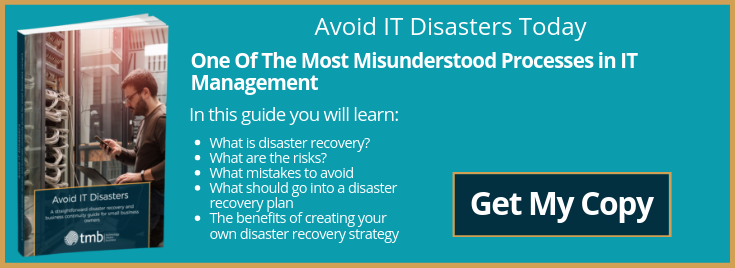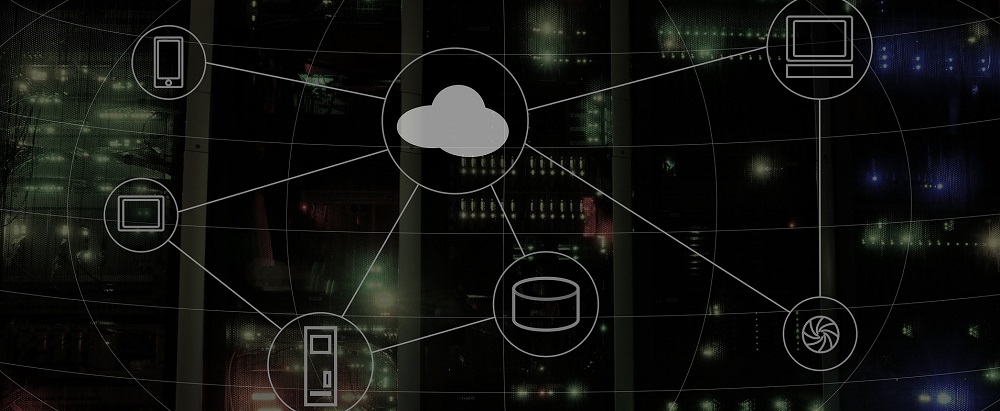5 Benefits Of Implementing The Cloud In Your Disaster Recovery Plan
In an era where businesses are reliant on the digital space, investing in high-quality cyber security can mean the difference between swimming and sinking. The cloud has a reputation for acting as the ultimate life jacket, rapidly restoring essential systems and ensuring business continuity. However, there is much more to cloud-based disaster recovery plans than enhanced data security. Here are five benefits!

1) It’s Affordable
Cloud-based disaster recovery is also known as ‘disaster recovery as a service’ (DRaaS). This means that it works quietly in the background and springs into action when you need it. This cost is shared amongst multiple stakeholders. The alternative is to purchase your own duplicating system along with an alternative location to house it, along with employees to maintain it. For most SMEs, outsourcing cloud-based disaster recovery removes both the practical and financial hassle of the DIY approach.
2) It WORKS. FAST.
The technical terms for this are recovery point objectives (RPOs) and recovery time objectives (RTOs). What these equate to are the speed at which things are up and running after a problem and the accuracy of the recovered data. The quality of a disaster recovery plan is defined by the way that it responds to the RPOs and RTOs. The cloud is designed to keep a real-time check on things. This means that crucial data is less likely to be lost, and downtime is minimised.
3) Scale Up – Or Down
Many businesses find themselves inadvertently roped into much larger IT commitments than they require. Although this method is rapidly falling out of fashion, the old model involved companies having to predict their needs years in advance. The cloud is defined by both its flexibility and its personalisation. Organisations use what they need – nothing more, nothing less.
4) Taking A Few Eggs Out Of The Geographical Basket
The old adage ‘don’t keep all of your eggs in one basket’ is surprisingly relevant for today’s IT systems. The cloud works by spreading servers around a large geographical area. This was initially orchestrated in order to speed things up, but a very welcome disaster recovery bonus is that it reduces the chances of two data centres both going down in the same accident. This immediately means that some common types of disaster – such as power cuts and floods – will not necessarily interrupt business continuity.
5) A Holistic Approach
Integration of IT services is now on the radar for most successful companies. Legacy software means that many organisations have had no choice but to develop their IT systems in an ad-hoc way, resulting in a lack of communication and connectivity between different organisational units. This is problematic for businesses at every level but can be a real challenge in the event of a cyber attack. Personalised cloud-based solutions bring everybody onto the same page, offering full visibility and awareness.
Next Steps
When it comes to rapid response to IT disasters, the cloud has much to offer. To find out more, request a callback from TMB today.

